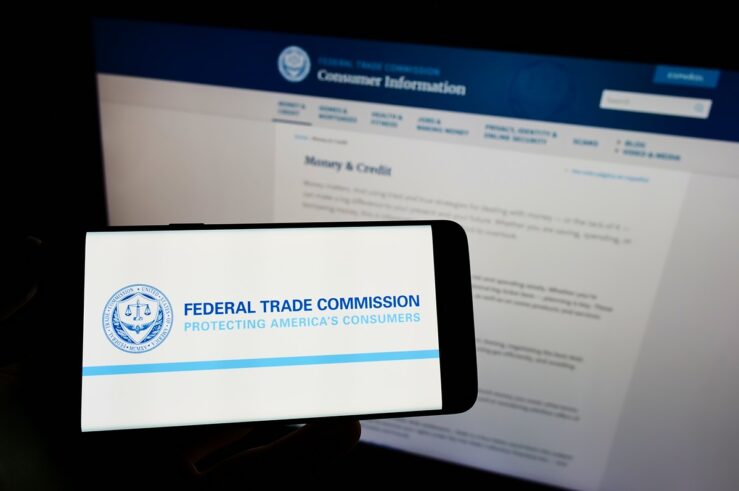Each fall I invite leading corporate scholars to present and discuss their recent work to faculty and students in the Illinois Corporate Colloquium. I plan to discuss these papers here on TOTM.
This semester we started with Kim Krawiec (Duke) and her paper (with Lissa Broome and John Conley), Dangerous Categories: Narratives of Corporate Board Diversity, forthcoming in the North Carolina Law Review. Here’s the abstract:
In this article, we report the results of a series of interviews with corporate directors about racial, ethnic, and gender diversity on corporate boards. On the one hand, our respondents were clear and nearly uniform in their statements that board diversity was an important goal worth pursuing. Yet when asked to provide examples or anecdotes illustrating why board diversity matters, many subjects acknowledged difficulty in illustrating theory with reference to practice. This expressed reluctance to come to specific terms with general claims about the value of director diversity inspired our title phrase: dangerous categories. That is, while “diversity” evokes universal acclaim in the abstract, our respondents’ narratives demonstrate that it is an elusive and even dangerous subject to talk about concretely.
The paper is an interesting take on what board members think about diversity in their midst.
It’s also timely, as we just got a plea from SEC Commissioner Aguilar that board diversity isn’t being taken seriously enough. The Commissioner says (footnotes omitted):
There are many who believe that a diverse board improves outcomes, particularly financial performance and that it improves decision-making processes, which may in turn improve firm performance. Many studies indicate that such diversity in the boardroom results in real value for both companies and shareholders. In fact, a report commissioned by the California Public Employees’ Retirement System (CalPERS) found that companies that have diverse boards perform better than boards without diversity. The report — Board Diversification Strategy: Realizing Competitive Advantage and Shareowner Value — stated that companies without ethnic minorities and women on their boards eventually may be at a competitive disadvantage and have an under-performing share value. The report also found that a selected group of companies with a high ratio of diverse board seats exceeded the average returns of the Dow Jones and NASDAQ indices over a five-year period. Notwithstanding these studies, there is a persistent lack of diversity in corporate boardrooms across this country — women and minorities remain woefully underrepresented.
Commissioner Aguilar notes that when the SEC requested input in 2009 on the need for more information regarding board diversity “we were deluged with letters. These letters were overwhelmingly supportive, with approximately 90% expressing support for disclosure of information related to race and gender diversity on the board.” This led to provisions in a recent SEC rule that require firms to disclose whether diversity is a factor in considering candidates for nomination to the board of directors, how firms consider diversity and how they assess the effectiveness their diversity policies.
The Commissioner thinks still more disclosure is required as to “the concrete steps taken to develop a slate of diverse candidates for a position.” He hopes this will lead to substantive governance changes in the form of more minorities and women as directors. And he also hopes that the SEC itself will become more diverse, consistent with the provision for a new SEC Office of Minority and Women Inclusion in Section 342 of Dodd-Frank.
Recent calls for diversity extend beyond the boardroom and the SEC. Judge Harold Baer recently issued an order (see American Lawyer and ATL) that two firms serving as lead counsel in a securities class action “make every effort” to staff the case with at least one minority and one woman. He reasoned that “[t]his proposed class includes thousands of participants, both male and female, arguably from diverse backgrounds, and it is therefore important to all concerned that there is evidence of diversity, in terms of race and gender, in the class counsel I appoint.”
So this brings us back to Broome, Conley & Krawiec’s paper. If we want to know whether diversity is important and why, let’s ask boards themselves. What we learn, as discussed in the abstract, is that they either don’t know or won’t say.
These interviews also suggest that the board actually doesn’t do much of importance. Their reasoning about diversity seems to indicate that they’re opining on operational matters already handled by executives, such as product design, rather than engaging in the policymaking we generally associate with the board.
Maybe the interviews don’t deal with what the board really does, which is to occasionally intervene in crisis situations. But this just raises another question: Does diversity help the board in situations like this? Possibly having women helps firms deal with sexual harassment allegations (HP). But does it help with financial unraveling (Lehman) or environmental disaster (BP)? Wouldn’t it be better in these situations to select purely for managerial competence?
Or is the board purely symbolic? Maybe it helps a consumer products company sell products by showing that it really is like the consumers it’s selling to. In other words, the board is the corporation’s face.
But, then, why do we need a board for this? We could hire diverse employees and executive officers. The board is important in this regard only if it’s running the company, which gets back to whether it actually is doing this.
With respect to the article’s “dangerous categories” point, there is a problem that the paper mentions but doesn’t emphasize concerning corporate social responsibility: if the board admits that diversity relates to something other than quality of management, is it admitting uncomfortable deviation from profit-maximization? I’m not sure this is a problem since, even if diversity is nothing more than putting a comforting face on the corporation, this arguably helps it sell products. But are the questioned board members unsure even about that?
In the end, the paper left me wondering how far we have come since Myles Mace’s interviews with directors reflected in Directors: Myth and Reality, 90 (1971):
You’ve got to have the names of outside directors who look impressive in the annual report. They are, after all, nothing more or less than ornaments on the corporate Christmas tree. You want good names, you want attractive ornaments. You want to communicate to the various publics that if any company is good enough to attract the president of a large New York bank as a director, for example, it just has to be a great company.
Forty years later Broome, Krawiec and Conley, like Mace, interviewed directors. What they found is at least consistent with the notion that directors are still “ornaments” after all these years.




